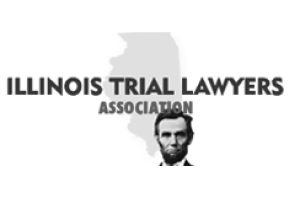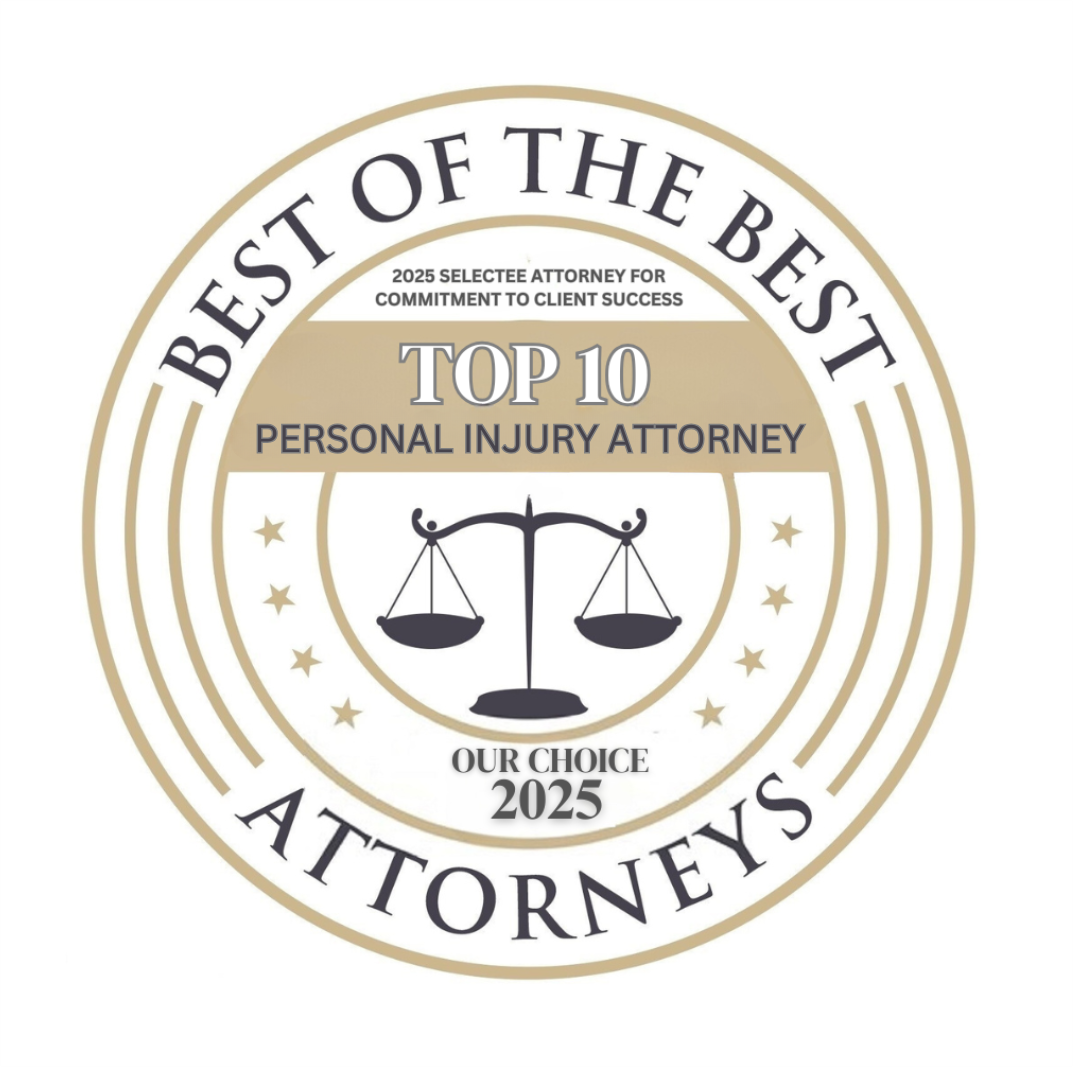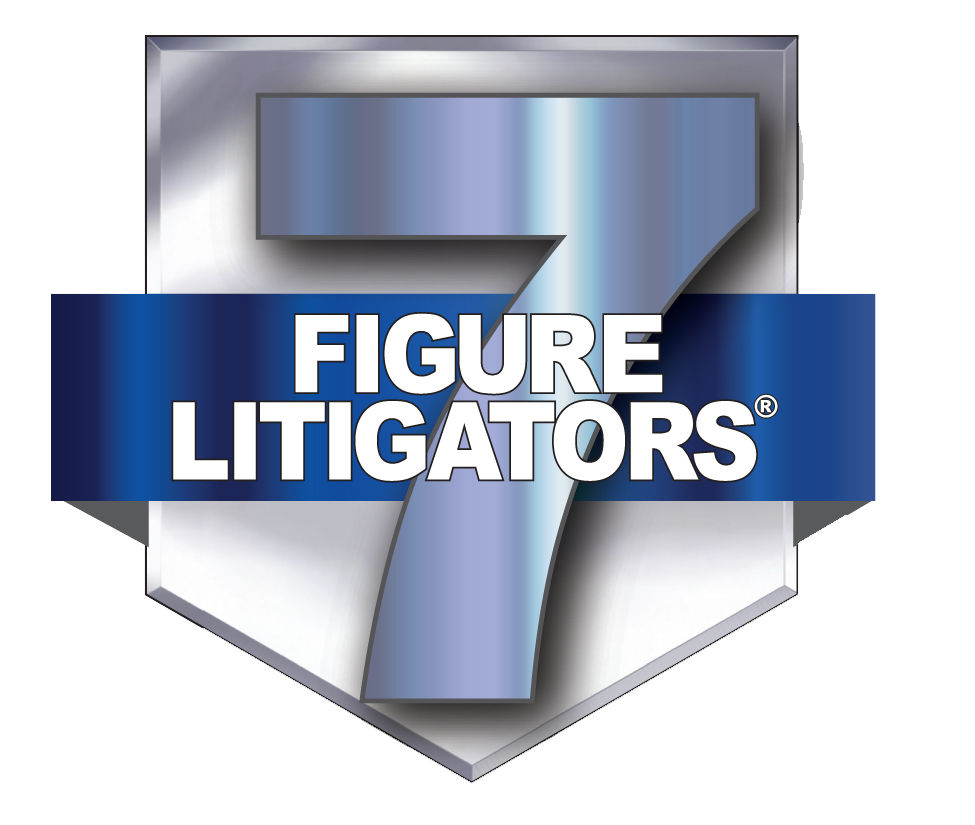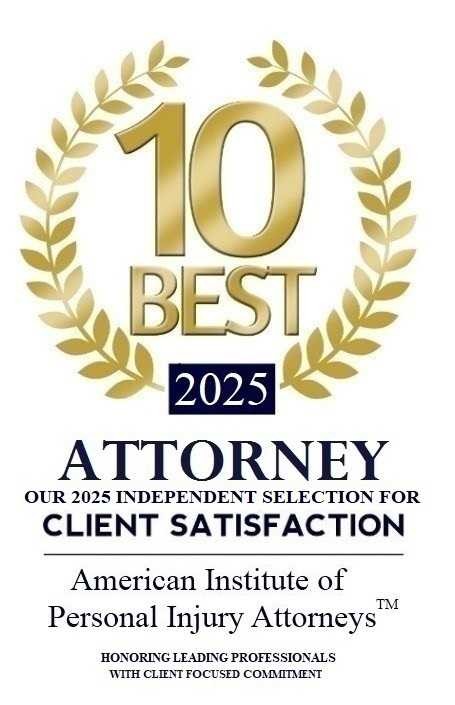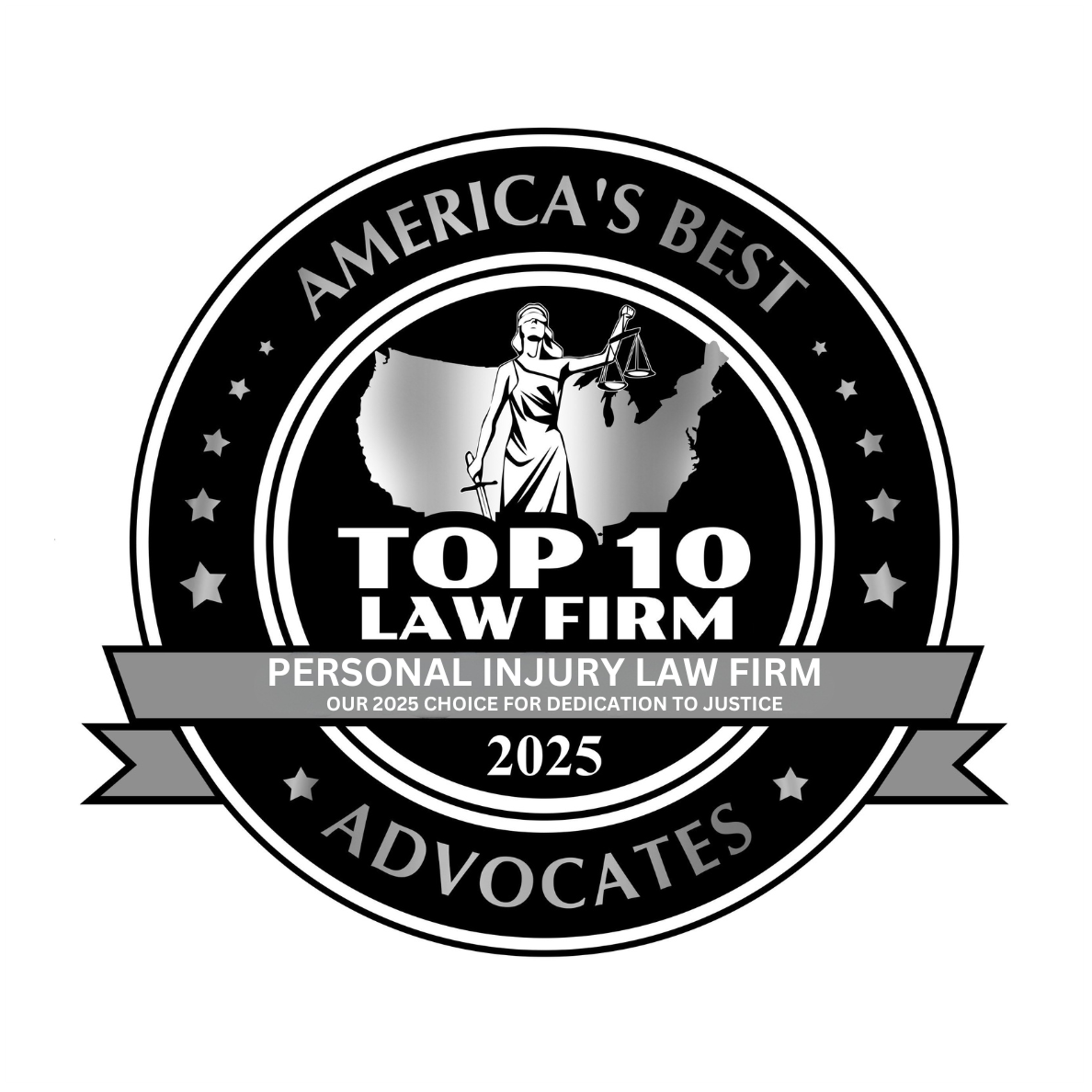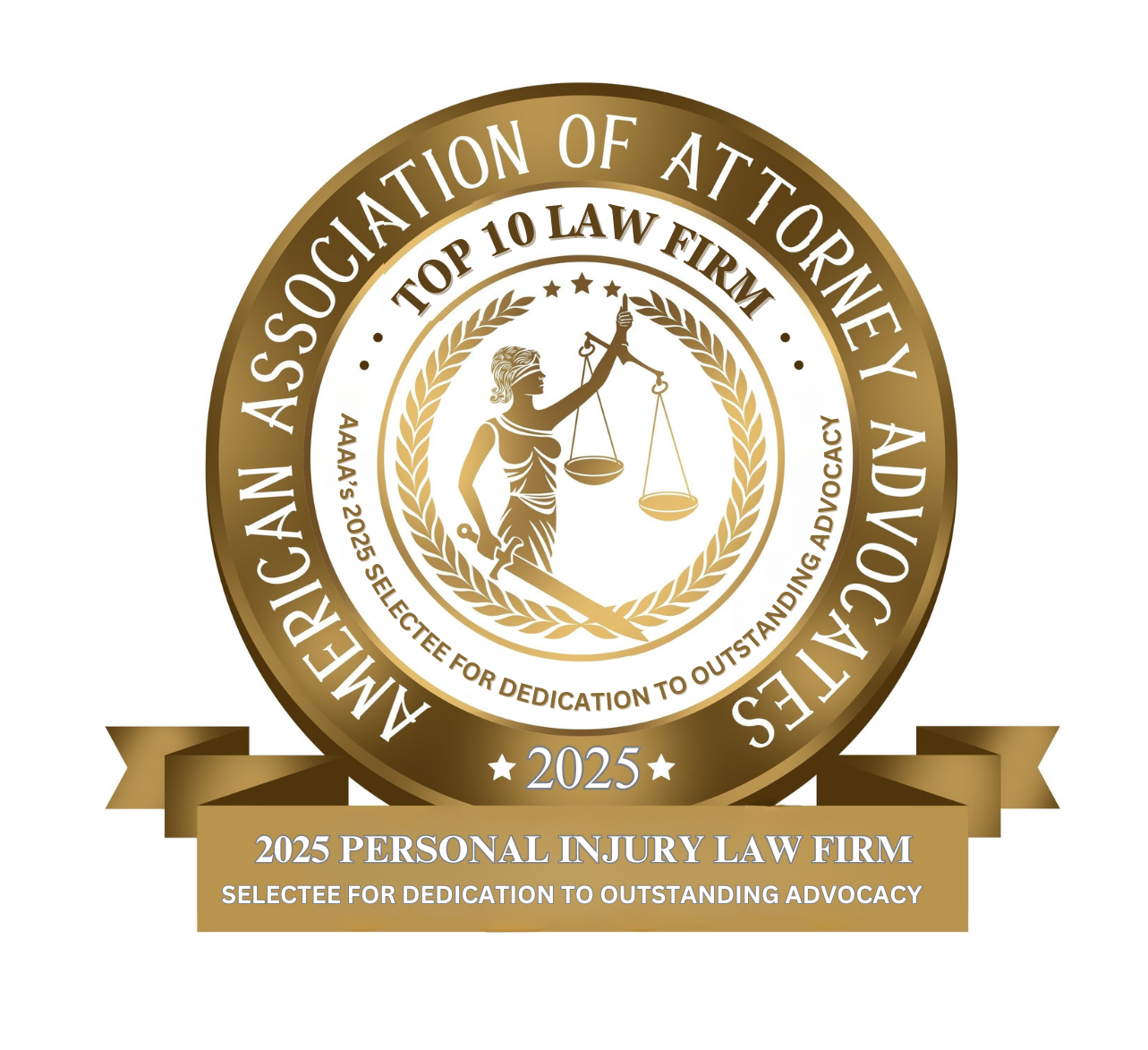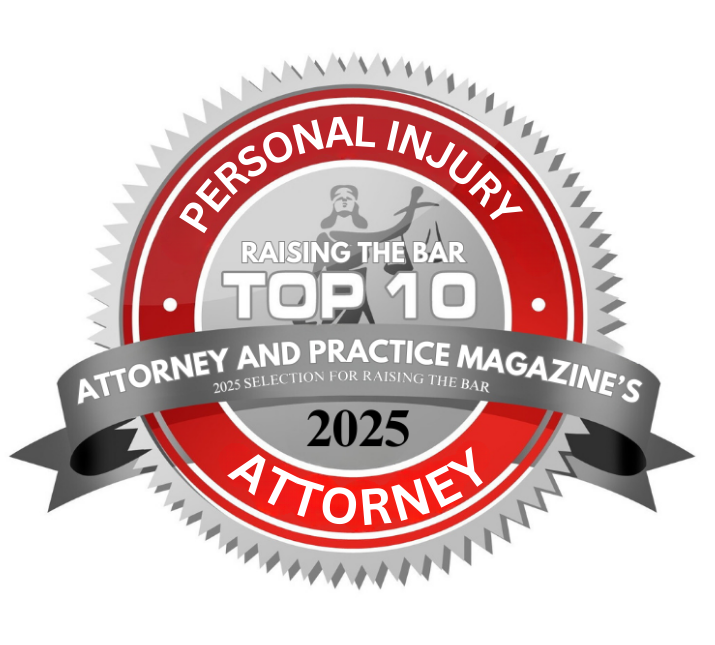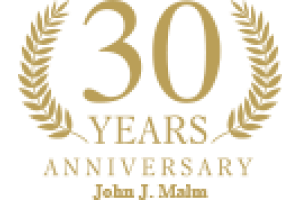Illinois Nursing Home Lifting Accidents
Our Personal Injury Firm’s Commitment to Protecting Illinois Nursing Home Residents
Improper lifting accidents at nursing homes, whether during a bed-to-chair transfer, a toilet assist, or a shower, can cause devastating harm: hip fractures, head trauma, spinal injuries, skin tears, and fatal complications. These incidents aren’t “just accidents.” In most cases, they are the predictable result of understaffing, poor training, broken or misused equipment, or a failure to follow a resident’s care plan. At John J. Malm & Associates, we stand up for nursing home residents and their families when preventable injuries are caused by careless lifting and unsafe transfers. Our team of seasoned Illinois nursing home neglect lawyers understands the medical, regulatory, and legal standards facilities must follow in Illinois. We investigate quickly, preserve evidence, and pursue full accountability so your loved one can get the care they need and the justice they deserve.
What Counts as an “Improper Lifting” Accident?
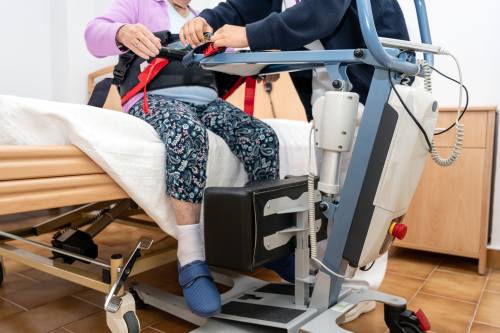
In nursing homes and skilled nursing facilities, improper lifting (sometimes called unsafe transfers or unsafe resident handling) includes any assist, reposition, or transfer that departs from the resident’s care plan, accepted protocols, or device instructions. Examples include:
- Moving a dependent resident without the two staff members the facility’s policy or care plan requires.
- Using a mechanical lift (e.g., a Hoyer lift or sit-to-stand) with the wrong sling, an incorrectly attached sling, or worn/damaged equipment.
- Attempting a manual lift when a mechanical lift is required by the care plan or policy.
- Failing to lock wheelchair or lift wheels, raise/secure bed rails appropriately for repositioning, or clear hazards before the transfer.
- Rushing a transfer, failing to communicate steps to the resident, or proceeding without adequate supervision.
These breakdowns violate both federal quality-of-care rules (e.g., CMS F689: Free of Accident Hazards/Supervision/Devices) and Illinois law requiring safe resident handling policies. Facilities must identify hazards, implement appropriate interventions (like two-person assists and mechanical lifts), and monitor whether those interventions remain effective.
Why the Risk of Improper Lifting of Nursing Home Residents Is So High
Resident transfers are among the most hazardous moments of daily care. Many nursing home residents have impaired mobility, osteoporosis, balance disorders, dementia, or neurologic disease, which increases the likelihood of losing balance, falls, or becoming frightened during movement. Falls among older adults are common and recurrent; nationally, more than one out of four older people falls each year, and a prior fall doubles the risk of another. In nursing homes specifically, the CDC has long noted that about 1,800 residents die each year from fall-related injuries, with many more sustaining head injuries and hip fractures that lead to loss of independence and diminished quality of life.
Transfers are high-risk because they require precise timing, correct equipment, and teamwork. OSHA emphasizes “safe patient handling and mobility (SPHM)” programs that replace high-risk manual lifts with assistive devices and standardized assessment tools; done right, SPHM reduces injuries to residents and staff alike.
Illinois Law and Federal Requirements on Safe Nursing Home Resident Handling
Illinois and federal rules make clear that facilities, not residents, bear responsibility for preventing avoidable transfer injuries.
- Illinois Nursing Home Care Act – Safe Resident Handling (210 ILCS 45/3-206.05). Illinois law recognizes that direct-care workers “may be required to lift, transfer, reposition, or move a resident” and calls for a safe resident handling policy. This section defines covered workers and underscores the facility’s duty to establish safe handling procedures.
- Additional Illinois standards under the Act. The Act and implementing standards require facilities to maintain a safe environment and set expectations for policies addressing residents’ lifting, transferring, and repositioning needs.
- Federal F-Tag 689 (42 C.F.R. § 483.25(d)). CMS requires facilities to keep the environment free of accident hazards and provide adequate supervision and assistive devices to prevent avoidable accidents. F689 is frequently cited, No. 1 at the “immediate jeopardy” level in 2023, reflecting serious safety lapses in areas like transfers and lift use.
- CMS Surveyor Guidance (2024 updates). CMS reinforced guidance on accident prevention, supervision, and device safety, areas directly implicated in lift incidents. Facilities must individualize interventions, train staff, and monitor outcomes.
In short: there is no excuse for a facility to attempt a hazardous transfer when policies, equipment, and staffing plans are supposed to prevent it.
Mechanical Lifts: Essential Tools When Used Correctly
Modern full-body floor lifts and sit-to-stand devices can be the safest option for many nursing home residents. But they must be inspected, maintained, and used exactly as intended:
- Use the right sling and size. The FDA cautions that falls from lifts can cause head trauma, fractures, and death; training and correct sling selection/attachment are critical.
- Maintain and inspect equipment. Facilities must routinely check slings, straps, spreader bars, batteries, brakes, and emergency releases; defective gear must be removed from service.
- Educate and drill staff. OSHA dispels myths (e.g., that manual lifting is “more comfortable”): when properly introduced, mechanical lifts are safer for both residents and caregivers. Programs should standardize assessments and procedures.
Failure in any of these steps, wrong sling, single-staff transfer where two-person assist is required, or a lift with worn stitching, creates foreseeable, preventable harm.
What Improper Lifting Looks Like in Real Cases
Illinois Department of Public Health (IDPH) deficiency reports illustrate how avoidable these events are:
- In one 2023 case, a facility’s Hoyer Lift policy required lifts for non-weight-bearing residents. Investigators found policy deviations surrounding lift use and transfer practices, exactly the type of breakdown that leads to falls and injuries.
- A 2022 IDPH report documents a policy requiring two-person assists for mechanical lifts, yet a resident was transferred by one staff member, a violation that exposes residents to falls or sling detachment.
These are not isolated events; they reflect systemic failures: understaffing, inadequate training, and poor enforcement, that push staff to “make do” and residents to pay the price.
Common Injuries from Improper Lifting and Transfers
- Hip and pelvic fractures: especially dangerous for residents with osteoporosis; often require surgery and long rehabilitation.
- Traumatic brain injury (TBI): from striking the floor or equipment; can cause bleeding, confusion, and long-term cognitive decline.
- Spinal and neck injuries: including compression fractures and spinal cord damage.
- Skin tears and pressure injuries: from shearing during bed moves or from slings used incorrectly.
- Shoulder and limb fractures/dislocations: from awkward manual lifts or sling failures.
Nursing home residents frequently sustain serious injuries with permanent functional loss.
Why Improper Lifting Incidents Are Almost Always Preventable
Best practices are clear and widely available for nursing homes to utilize:
- Replace manual lifts with SPHM technology and standardized decision tools.
- Individualize the care plan with the correct transfer method, device, and number of staff, and update it after any change in condition.
- Train and retrain staff on device types, sling selection, emergency procedures, and communication with residents.
- Inspect and maintain lifts and slings per manufacturer and FDA guidance; retire worn equipment.
- Supervise and staff adequately, so two-person assists and spotters are available when required. F689 expressly focuses on supervision and assistive devices.
When facilities do these things, residents are safer. When they don’t, injuries are not accidents; they’re neglect.
Your Loved One’s Rights Under Illinois Law
- Right to Safe Care: Illinois’ Nursing Home Care Act and federal regulations guarantee a safe environment with appropriate supervision and devices for transfers.
- Right to a Proper Care Plan: Facilities must assess mobility and specify transfer methods (e.g., Hoyer lift with large full-body sling; two-person assist). Staff must follow the plan.
- Right to Be Free from Avoidable Accidents: If your loved one fell from a lift, was dropped, or suffered a transfer injury, the facility must show it took reasonable steps to prevent it (training, equipment, staffing, monitoring).
- Right to Report and Seek Remedies: Families can report neglect to IDPH and pursue civil claims for medical costs, pain and suffering, and other damages under Illinois law.
Warning Signs of Unsafe Lifting Practices
- Unexplained bruises, skin tears, or a new fear of transfers.
- Staff frequently attempting solo transfers for residents who need two people.
- Slings with frayed seams or faded size labels; lifts with dead batteries or missing parts.
- Inconsistent stories about how a fall happened, or delayed family notification after an incident.
- Care plan changes (e.g., new “bedrest only” orders) following an unexplained injury.
What to Do Immediately After a Suspected Improper Lift or Transfer
- Get medical evaluation (ER visit or physician assessment). Document all injuries.
- Ask for the incident report and the resident’s current care plan (transfer orders, device and sling type, number of staff required).
- Photograph injuries and equipment (the lift, sling tags/size, visible wear, room layout, wheelchair locks).
- Request preservation of surveillance footage, staffing assignments, assignment sheets, and maintenance logs for lifts and slings.
- Demand a copy of policies on Hoyer lifts, sit-to-stand devices, and transfer procedures.
- Contact an experienced Illinois nursing home neglect attorney; early legal action helps secure time-sensitive evidence and prevents spoliation.
How We Prove Negligence in an Improper Lifting Case
Our team builds your nursing home neglect case through:
- Policy & Care Plan Review: Did the care plan call for a two-person mechanical lift? Did staff follow it? If not, why?
- Staffing & Assignments: Was there enough staff on the unit to meet two-person transfer requirements?
- Training Records: Did the CNAs and nurses receive device-specific training and annual refreshers?
- Device Evidence: We inspect the exact sling and lift used (size tags, weight rating, wear, manufacturer instructions). We compare usage to FDA and OSHA guidance.
- Regulatory Violations: We measure conduct against F689 and Illinois’ Safe Resident Handling expectations.
- Prior Deficiencies: IDPH and CMS deficiency histories can show patterns: prior citations for two-person assist violations, lack of maintenance, or poor supervision.
Frequently Asked Questions (FAQ) about Improper Lifting in Illinois Nursing Homes
1) Is a fall from a Hoyer lift automatically negligence?
Not automatically, but facilities must prove they provided adequate supervision, correct equipment, training, and adherence to the care plan. Because these cases often involve policy violations (wrong sling, single-staff transfer, unlocked wheels), negligence is frequently established. F689 requires facilities to anticipate and prevent such hazards.
2) My parent’s care plan said “two-person mechanical lift,” but staff used one person. What does that mean legally?
That is a serious deviation from the plan and often constitutes negligence. IDPH has cited facilities for exactly this conduct.
3) Can we get the lift and sling inspected after an incident?
Yes. Through legal action, we can seek preservation and inspection of the specific device and sling used, along with maintenance logs, purchase records, and manufacturer instructions. The FDA underscores that falls from lifts can be fatal, making proper device selection and upkeep central issues.
4) What if the facility blames my loved one’s dementia or agitation?
Facilities must anticipate behaviors and implement safer approaches (e.g., additional staff, communication strategies, different sling types) to prevent avoidable accidents.
5) Are nursing homes required to have a “safe resident handling” policy in Illinois?
Yes. Illinois’ Nursing Home Care Act specifically addresses safe resident handling, recognizing that workers must lift/transfer residents and requiring policies to protect them.
6) What damages can be recovered in a nursing home lift accident?
Compensation can include medical costs, pain and suffering, disfigurement, disability, and loss of normal life. In cases of wrongful death, Illinois law allows recovery for grief, sorrow, and funeral expenses.
7) How long do we have to act?
These cases have time limits (statutes of limitations), and crucial evidence (like surveillance video or sling tags) can be lost quickly. Contact an Illinois nursing home neglect attorney as soon as possible so we can send preservation letters and begin the investigation.
8) What can families do to help prevent future incidents?
Ask to review the care plan and make sure it specifies the transfer method, device, sling size, and number of staff; verify that two-person assists are honored; and speak up if you see worn equipment or rushed, solo transfers.
How Our Firm Builds a Strong Improper Lifting Case Against the Nursing Home
When a resident is injured during a transfer, we move fast:
- Immediate Evidence Hold: We notify the facility to preserve video, device/sling, maintenance logs, staffing sheets, and incident reports.
- Regulatory Roadmap: We align the facts against F689, the care plan, and Illinois’ safe handling expectations.
- Clinical & Engineering Expertise: We retain nurse experts, biomechanical/biomedical engineers, and human factors specialists to analyze device use and staff actions against FDA/OSHA guidance.
- Pattern Evidence: We review IDPH and CMS histories for prior lift or supervision failures at the facility.
- Damages Documentation: We coordinate with treating physicians and life-care planners to quantify long-term needs, including mobility aids, home modifications, and therapy.
Contact the Dedicated Illinois Nursing Home Injury Attorneys at John J. Malm & Associates
No family should be told that a preventable drop from a lift or a solo transfer was “just an accident.” Illinois and federal law require nursing homes to protect residents with proper staffing, training, supervision, and equipment, and to follow the resident’s individualized care plan every time. When they fail, we’re ready to act.
If your loved one was injured in an improper lifting or unsafe transfer at an Illinois nursing home, contact John J. Malm & Associates for a free, confidential consultation. We will listen, investigate, and move quickly to preserve evidence and hold the facility accountable.




